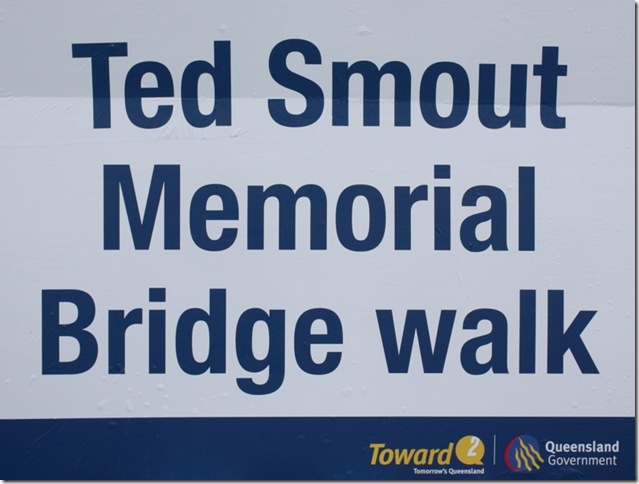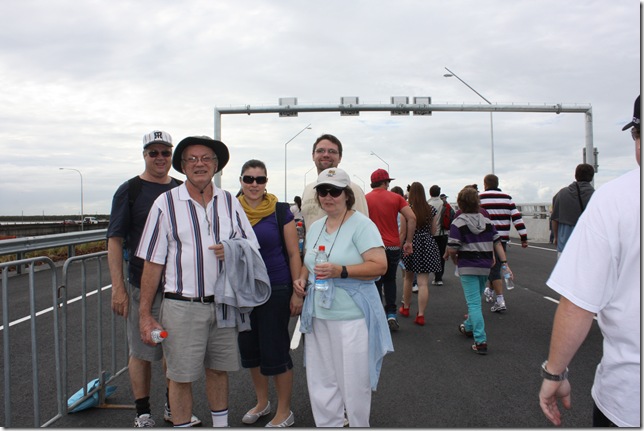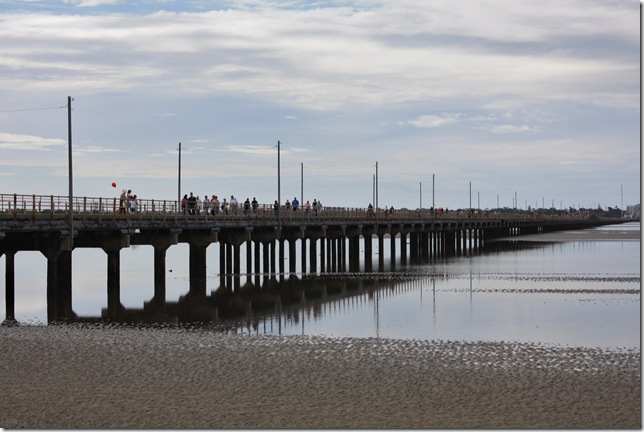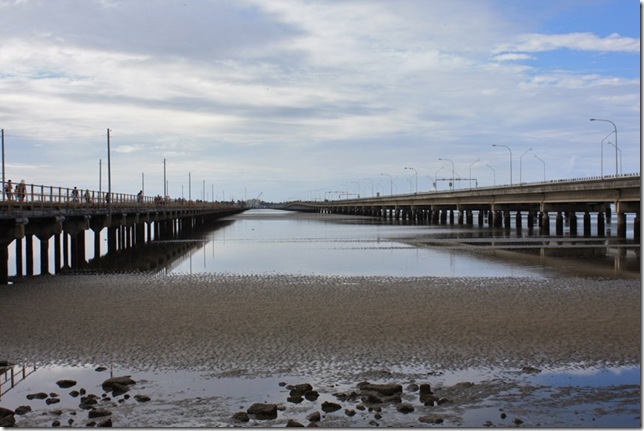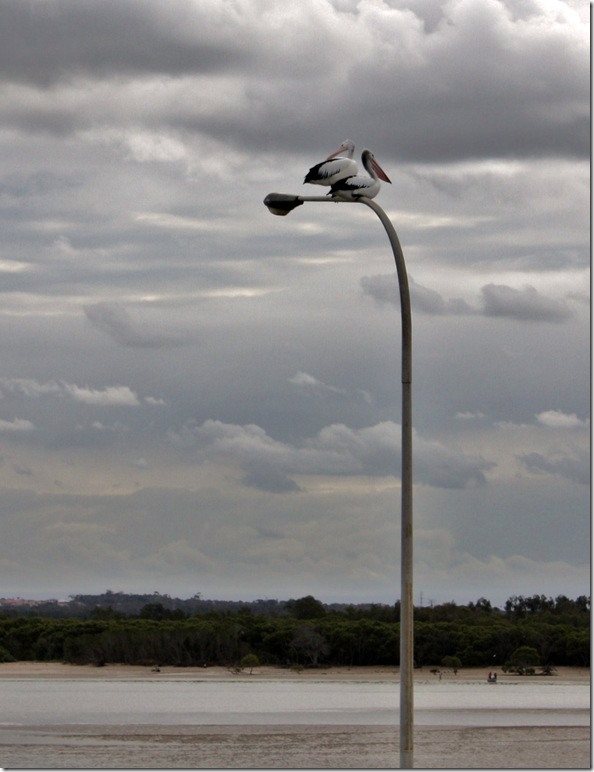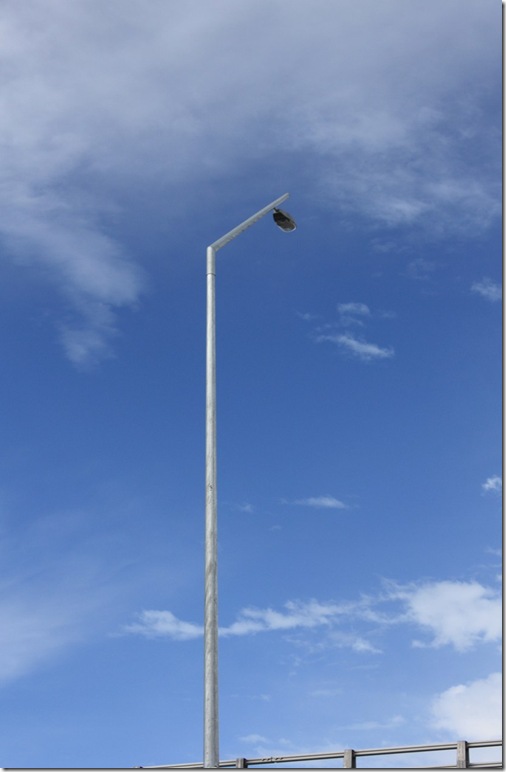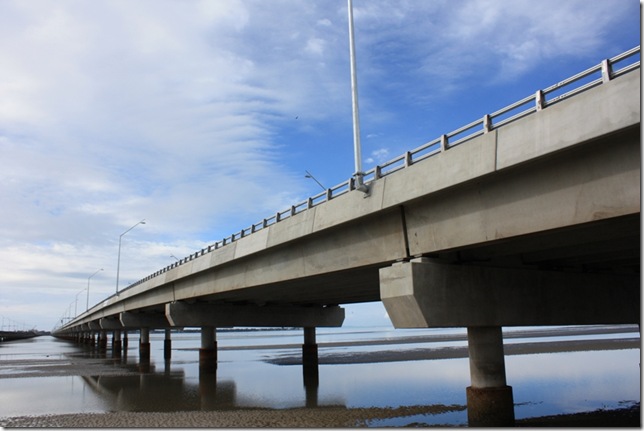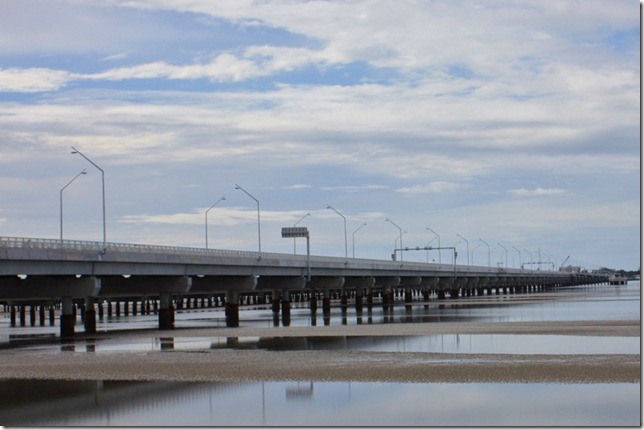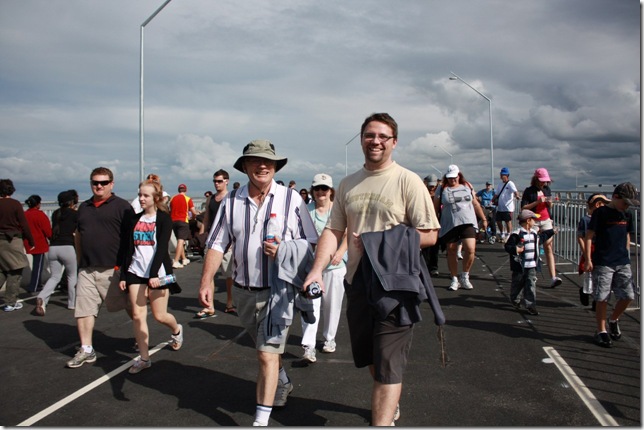St Paul’s Adventure in a Basket
Saul spent several days with the disciples in Damascus. At once he began to preach in the synagogues that Jesus is the Son of God. All those who heard him were astonished and asked, "Isn't he the man who raised havoc in Jerusalem among those who call on this name? And hasn't he come here to take them as prisoners to the chief priests?" Yet Saul grew more and more powerful and baffled the Jews living in Damascus by proving that Jesus is the Christ..
After many days had gone by, the Jews conspired to kill him, but Saul learned of their plan. Day and night they kept close watch on the city gates in order to kill him. But his followers took him by night and lowered him in a basket through an opening in the wall.
(Acts 9:19-25)
Paul himself recalls this adventure in his second letter to the Corinthians:
In Damascus the governor under King Aretas had the city of the Damascenes guarded in order to arrest me. But I was lowered in a basket from a window in the wall and slipped through his hands.
(2 Cor 11:32-33)
Local tradition adds that Paul was enabled to escape by the help of a Roman guard of Ethiopian origin, who was later condemned to death for this reason.
A window beside the south-eastern gate of Bab Kissan has been venerated as the spot where Paul made his daring escape. This gate has been sealed and restored several times. In 1885, a disused mosque and surrounding land near Bab Kissan was purchased by the Melkite (Greek Catholic) Patriarch, Gregory Joseph. On this land a chapel dedicated to St Paul was erected, whose walls incorporate traces of the ancient gate and a small section of the wall.
See
http://www.christusrex.org/www1/ofm/pope2/syria/GPsyr04.html
It took us three attempts to find the spot of Paul’s dramatic escape, so the eventual success was appreciated all the more.
First attempt:
After we came back to Straight Street from visiting the house of St Ananias, we continued in a westerly direction along Straight Street, looking out for Al Abbarah Street on our left. Some of the streets had names in Arabic, some in English, and some had no names at all. Very few streets on our trusty map were named, so we expected that Al Abbarah would be a major street – perhaps even wide enough for a car – but after walking for some time, we concluded we had come too far, and must have missed it, so we went and had lunch.
Second attempt:
Retracing our steps (after a magnificent lunch), we discovered the unmarked Al Abbarah Street by a process of elimination. I had even previously taken a picture of the restaurant on the corner of Straight Street and Al Abbarah Street.
I was so busy photographing the basil in front of this restaurant that I missed Al Abbarah Street, right beside it.
This is Al Abbarah "Street". Can you see why we missed it?
Pat goes boldly along Al Abbarah Street.
We've found it! (Or have we?)
Can you blame us for thinking we'd arrived, when we saw this plaque on the wall.

Wouldn't you think we'd arrived? After all, the sign on the wall does say "Sant Paul Chur."
We went through the open doorway, which led into a little garden. We met a lady coming out, and asked her the way to the church.
"Oh no, this isn't the church" she said. "This is my house."
"Then where is the church?" we asked timidly.
"Oh, you must go that way" she replied, waving vaguely in a direction outside the door.
We followed the direction of her waving, but found nothing but a maze of alleyways. So not wanting to miss "Happy Hour" at our hotel, gave up for the day.
Third attempt:
Having come so close, I was quite determined to find the spot where St Paul had embarked on his basket adventure. Next morning, we visited the wonderful Damascus museum, set in a farytale garden, and then the Al-Takieh Al-Suleimaniyeh mosque and craft market. After this (I think it was the shopping) Pat wanted to go back to the hotel for a swim and a sleep, but I still had some unfinished business concerning St Paul.....
Apart from crossing the streets, we found Damascus a very safe place. The many stall holders were friendly and encouraging, but not aggressive or persistent. So we were both happy for me to go back to Old Damascus on my own in search of St Paul. It was about a 30 minute walk to Old Damascus, then I made my way through the colourful Souq Hamidiyeh and along Straight Street to the narrow Al Abbarah Street to the plaque which seductively promised the church of St Paul, but didn't deliver.
From here, I'll use some material from my blog
Damascus on my own - the keys to the city posted on 16.05.10 at
http://jemamum.blogspot.com/2010/05/damascus-on-my-own-keys-to-city.html so if you've read that blog, you can skip the next bit.
When I reached the place where we’d drawn a blank the day before, I asked directions from a man in the alleyway. He told me that I was in the wrong place, but if I went with him, he would show me the way. He told me he taught English, history and geography to the children in a nearby orphanage. He was quite a big man, but seemed very unwell with asthma, as he was struggling to walk, and offered me some “fresh water” out of a bottle he was clutching. Do I believe him? I decided I would. We went uphill through some alleyways, with him gasping as we went. He stopped at a doorway in the wall, produced a key for it, and told me that it was very hard teaching the orphans and did I have any money for them. Pat had given me some Syrian money for a taxi home if I needed one, so I decided the orphans needed it more than I did, and besides, this was the only chance I would ever have to find the church. He looked at it rather disparagingly and told me it wasn’t much, but reluctantly unlocked the door anyway. Inside, I was rather relieved to find a nun and a priestly looking man who unlocked another door for me, and there I was in a little courtyard, at the back of the church!

I had found it!
The little walled courtyard was very pleasant and peaceful, surrounded by shady trees. An old man sitting calmly in the shade there smiled a welcome. (You can even see this courtyard on Google Earth.)
From the courtyard, you could see this plaque attached to the back of the church. When I came home, I looked up Salma and Sélim Boulad, at whose expense the church had been dedicated to St Paul in 1925 by the Patrirach of the Greek Catholic Church at that time, Dimitrios Cadi. The Boulads were a very old Melkite Greek Orthodox family who could date their family back until 1513! They were famous for the manufacture of Damascene steel, and later for high quality silk. In 1724, part of the Melkite Greek community in Damascus, including the Boulad family, broke away from the Greek Orthodox church, aligning itself with the Catholic church of Rome, which caused a great deal of persecution and bloodshed to the Catholic group.
Sélim Boulad (1839-1933) relocated to Lebanon with his family in 1860, after a massacre of Catholic Christians in Damascus, and it was there that he married Salma Messadiyé. Sélim and Salma, both "of great piety" had vineyards and other land which they later donated to the church, built and maintained a chapel there, and established shelters and orphanages for refugee Catholic communities in Lebanon. They then financed the building of this church in Damascus dedicated to St Paul - the one I had been searching for! And all that from a little plaque at the back of the church. See also
http://www.boulad.net/index.php?section=biographies&id=9
The church was simple, beautiful and very obviously dedicated to St Paul. There was also a box for donations for the orphanage. I felt badly about doubting the old sick man, and put in some more of my taxi money.
Behind the cross on one side was a relief of Paul having his vision.
Here it is a bit closer.
And on the other side was the actual basket adventure itself!
In the vestry was a painting, somewhat the worse for wear, of Paul receiving some divine assistance on the way down.
And just in case you still didn’t get it, there was an actual St Paul sized basket as well.
Outside the church was a fine sculpture of St Paul on his horse, having his vision. If you know where to look, the sculture shows up as a little black dot on Google Earth.
When I walked outside the church, I realised that we hadn’t been able to find the church from inside Old Damascus, as its access was from outside the city wall.
I wish I had found this Wikipedia entry before we went to Damascus:
To visit the Chapel of St. Paul, go out the Eastern Gate (Bab Sharqi) from Straight Street and keep to the right. A 400-meter stretch of the ancient city wall stops at Bab Kissan, in front of the roundabout on the motorway to the airport.
The sober and austere design of the chapel blends in well with the antiquity of the walls. Two elegant and modern Chi-Rho monograms adorn the fortified towers that stand on either side of a fictitious window, similar in style to those of a medieval castle. It is not difficult to imagine the scene of the escape: how St. Paul, after being lowered from the wall, fled in haste down the road that leads to Jerusalem. See
http://en.wikipedia.org/wiki/Chapel_of_Saint_Paul
You can see the shadow of the sculpture of the horse's hooves on the ground in front of the church, which incorporates material from the earlier Bab Kissan.
The Chi Rho is one of the earliest forms of christogram, and is used by Christians. It is formed by superimposing the first two letters in the Greek spelling of the word Christ ( Greek : "Χριστός" ), chi = ch and rho = r, in such a way to produce the monogram ☧. Although not technically a cross, the Chi Rho invokes the crucifixion of Jesus as well as symbolizing his status as the Christ.
Interestingly, the Chi-Rho symbol was also used by pagan Greek scribes to mark, in the margin, a particularly valuable or relevant passage; the combined letters Chi and Rho standing for chrēston, meaning "good."
See
http://en.wikipedia.org/wiki/Chi_Rho
And so I followed the outside of the wall of Damascus around to Bab Sharqi (the way I should have come), thinking of St Paul, leaving these same walls under cover of darkness 2,000 years ago, setting out on his mission to spread the Good News to the ends of the earth.
